Cinema Day: How Iran’s post-revolution cinema took the world by storm
By Humaira Ahad
Traditionally, poetry was Iran’s most valued cultural export as the country is home to legendary Persian poets. But, since the 1979 Islamic Revolution, Iran has caught the imagination of the world with another artistic offering – cinema.
Visual art in Iran has a very long history with Bas reliefs found in the ancient city of Persepolis.
Persian miniatures, Saye-bazi (shadow plays), Rouhozi (comical acts), as well as Ta’zeih give a glimpse into the rich visual art practiced in Iran for centuries.
In this rich culture and tradition of poetry and visual art, cinema established its firm roots in Iran in the late 20th century and has since carried the country’s artistic banner to greater heights.
Film experts say cinema acts as a medium to understand the inner life of societies.
Depicting the spirit of nations, films have also done the job of reforming societal ills through exposition, criticism and analysis of different public issues.
Iranian cinema was not as robust as it is today. Many pre-revolution Iranian films copied Western models to present an unreal image of wealth alien to the ordinary Iranian masses.
According to Richard Tapper, professor of anthropology at the University of London, the pre-revolution screen lacked real women and real men.
After the success of the Iranian Revolution in 1979, the founder-leader of the revolution, Imam Khomeini announced that cinema is “one of the manifestations of culture and it must be put to the service of man and his education but as you know, it was used instead to corrupt our youth.”
Path-breaking transformations
The new Iranian cinema that was born after the Islamic Revolution underwent remarkable transformations that echoed the changes in Iranian society.
The Western perception that Islam is anti-modern and backward was proven wrong when the films produced in the post-revolution period earned fame and acclaim globally.
Presently, Iranian cinema is recognized as one of the most cutting-edge and innovative cinemas in the world, with world-renowned filmmakers and artists who have proved their mettle.
In the words of the legendary Iranian director Abbas Kiarostami, cinema, along with oil, carpets, and pistachios, forms one of Iran’s major exports to the world.
In their book, “Changing the Cultural Face of Iranian Films under the Influence of the Islamic Revolution in 1976,” Mohammad Saberi and Mehmet Sezai Turk write that in the pre-revolution cinema, human values were in “second degree of importance” as most of the movies during that period were “vulgar and shallow.”
“The change in the face and nature of films can be seen by looking at the movement process of Iranian cinema after the Islamic Revolution by the formation of moral values that depend on the upward developing society,” the authors write.
The Iranian cinema that we see now emerged after the 1979 revolution, forming its own distinct ideological, thematic and production values.
“Iranian cinema has its unique position in the global film industry. It is known for its deep exploration of Iranian culture, history and society, offering valuable insights into the nation’s identity,” Syeda Afshana, associate professor of media studies, told the Press TV website.
“Iranian filmmakers have received international recognition and awards for their artistic and creative contributions to world cinema. Many Iranian films are celebrated for their realistic and thought-provoking storytelling, often reflecting the complex human emotions and societal issues.”
Pre and post-revolution cinema
A number of academic studies that have been conducted on Iranian cinema have concluded that in pre-revolution cinema, human values had a minor role and films mostly oscillated between vulgarity and superficiality.
Post-revolution cinema, however, depicts the ups and downs of society in the form of obstacles faced by common people and the ways to deal with life situations with an emphasis on moral values.
“Iranian films have made a significant impact on the global stage. Children as central characters with their innocence and the simple setting make Iranian movies stand out,” Bilal Bhagat, an independent creative and associate director, said in a conversation with the Press TV website.
“Being resilient, Iranian cinema, despite Western hostility, has gained recognition for its unique storytelling and cinematic style.”
One of the greatest proponents of post-revolution Iranian cinema was Sayyid Morteza Avini, a filmmaker, author, and theoretician, who rose to fame with his path-breaking documentaries during the imposed war on Iran in the 1980s.
His birth anniversary is observed as the National Cinema Day in the Islamic Republic of Iran.
The role of the International Fajr Film Festival, which is run under the aegis of the Ministry of Culture, has been instrumental in popularizing the genre of post-revolution cinema in Iran.
Held annually on the anniversary of the Islamic Revolution, this festival gives out prestigious awards, including Crystal Simurgh, that are considered equivalent to the Academy Awards, recognizing excellence in cinema.
Different from Hollywood and Bollywood
As one of the largest film industries in the world in terms of output, Iranian cinema is not commercial and does not follow the corporate model of filmmaking of Hollywood or Bollywood.
Being largely neorealist in nature, Iranian films have also drawn international attention through their spontaneity.
“Being from a region where people mostly like sci-fi or action-oriented movies, Iranian movies belong to a sophisticated genre of filmmaking. They are mostly based on socio-cultural or political issues,” Munawar Hussain, a journalist from India, told the Press TV website.
“As much as we may like to watch sci-fi movies our senses always find comfort in a simple Iranian movie covering everyday life struggles.”
In an age where trillions of dollars are spent on Hollywood blockbusters, Iranian movies are made on a minimal budget, making them all the more attractive to the global audience.
Portraying austere living conditions, the post-revolutionary Iranian cinema depicts the influence of Imam Khomeini’s socio-political thought, which prefers austerity to wealth accumulation.
On the contrary, Hollywood and Bollywood have increasingly shifted toward vulgarity and violence to attract viewers and make bigger box office collections.
Iranian school of filmmaking
Simple and powerful themes of the post-revolution Iranian cinema have led to the formation of the Iranian school of filmmaking which has been admired the world over for its exploration of humane issues with naturistic acting accompanied by sparse music.
“Iranian directors are the storytellers of realism. The characters they pick are totally out of the box and ordinary people connect with them on many levels,” Adil Amin Akhoon, an independent journalist and cinema aficionado, said talking to the Press TV website.
“It is not your Hollywood superhero thing which is limited to the imagination. The Iranian cinema is a world of stories picked up by the directors from the streets,”
Sexually explicit and violent content that forms the basis of most of Western cinema with characters moving around themes like lust, greed, and betrayal is absent in Iranian movies.
The post-revolution cinema in Iran fits in the category of artistic, committed cinema.
Women in Iranian cinema
In addition, the post-revolutionary Iranian cinema does not treat women like commodities.
Shahla Lahiji, an Iranian writer and activist in her book “In The New Iranian Cinema: Politics, Representation and Identity” spells out the difference in themes before and after the revolution.
“In the pre-revolution film farsi era, where song and dance and semi-naked female stars (‘unchaste dolls’) appealed to the fantasies of sexually deprived young men, profited from neglecting, even damaging the social status of women,” she writes.
Richard Tapper adds that “unchaste dolls” came to dominate the silver screen as the sole cinematic representation of Iranian women before the revolution.
Movies like Nargess, The Blue Scarf, Two Women, etc. portray emancipated Iranian women who have successfully gotten themselves rid of being reduced to mere sexual objects on the silver screen.
According to a study conducted by Azimi Dolatabadi and Davari Moghadam on the presence of women filmmakers in cinema during the period before and after the Islamic Revolution (1968-2013), the presence of women in various fields of cinema has increased compared to before.
This extensive participation of women in post-revolution Iranian cinema has been accompanied by dignity and respect.
“I believe Iran produces the best films in the world, including in terms of their elegant representation of women on screen, and their engagement with spirituality in movies feels surreal, like a love letter from the beloved,” Aneesa Khan, a filmmaker, told the Press TV website.
VIDEO | Iran: Show of strength
UNRWA will ‘stay, deliver’ aid to Palestinians despite Israel’s ban: Lazzarini
Explainer: What makes Iran's Rezvan and Raad loitering munitions prized assets?
VIDEO | Unseen agony: Missing loved ones of genocide in Gaza
Iran cuts gold import tariff to zero
Pezeshkian: Iran determined to develop, boost ties with neighbors
VIDEO | Israel, Hamas ceasefire agreement: Closer than ever
VIDEO | Gaza ceasefire to be put in place under resistance conditions


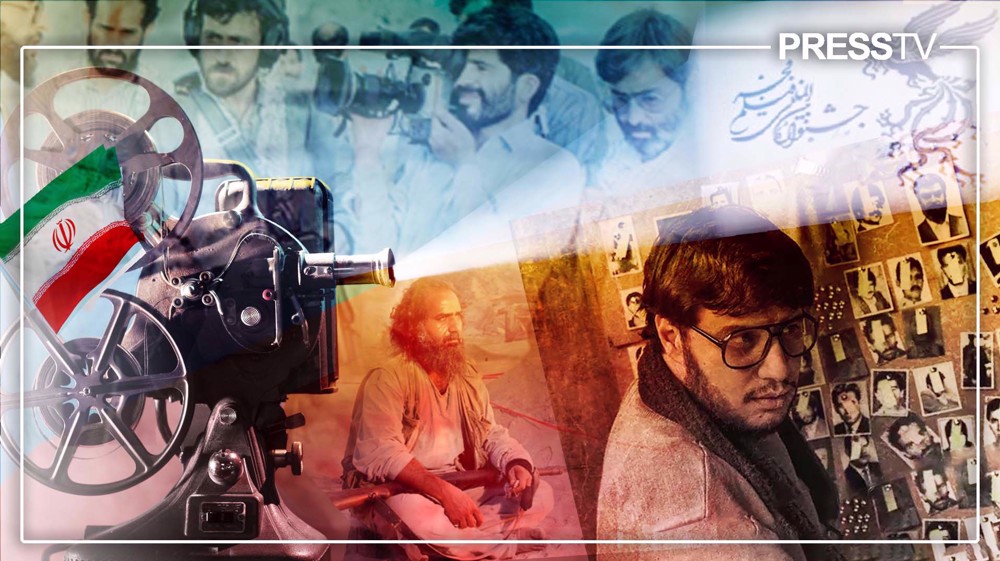
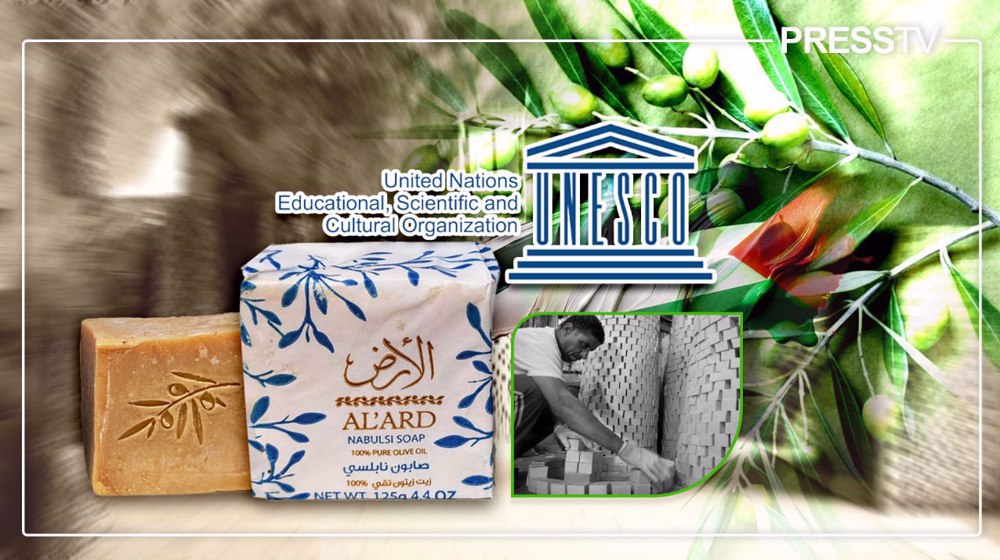

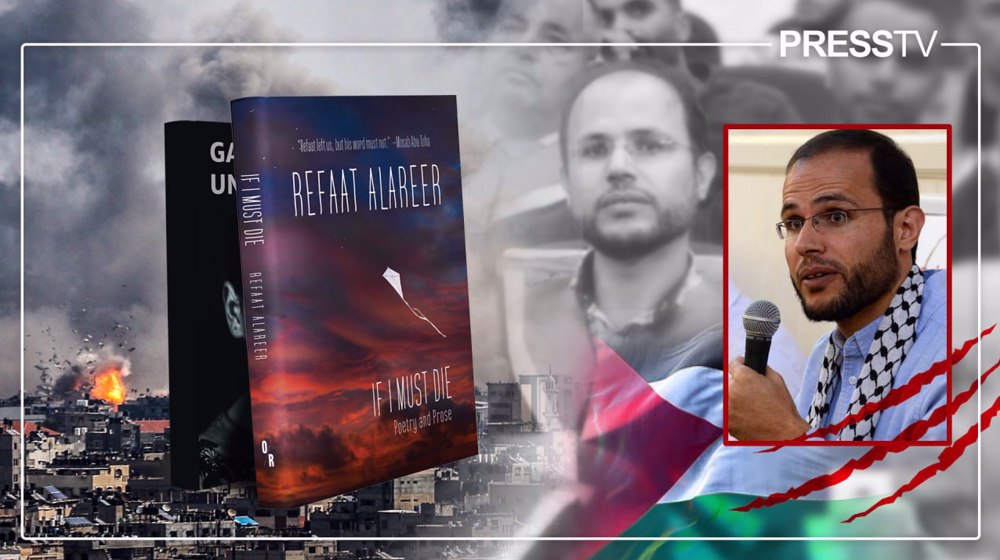



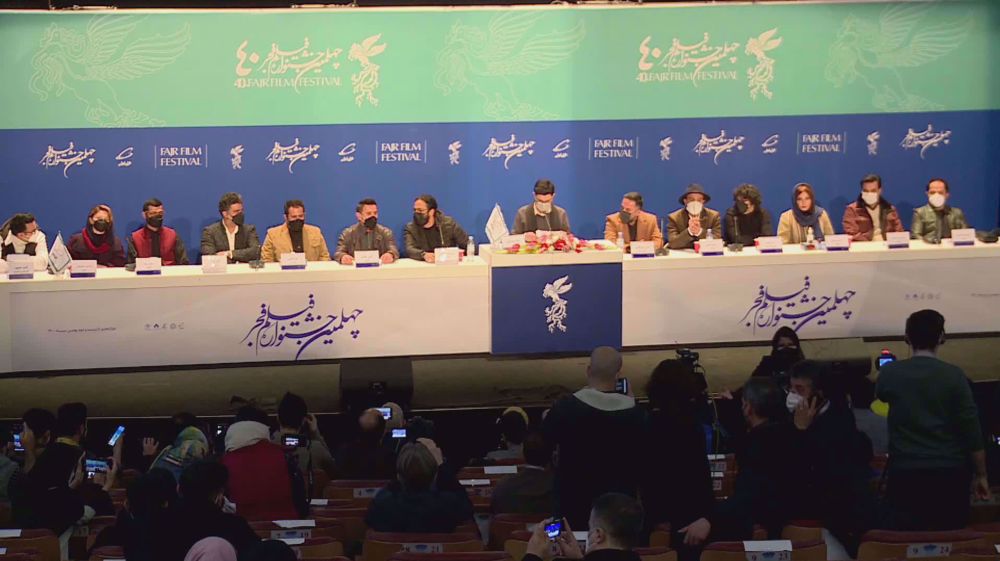


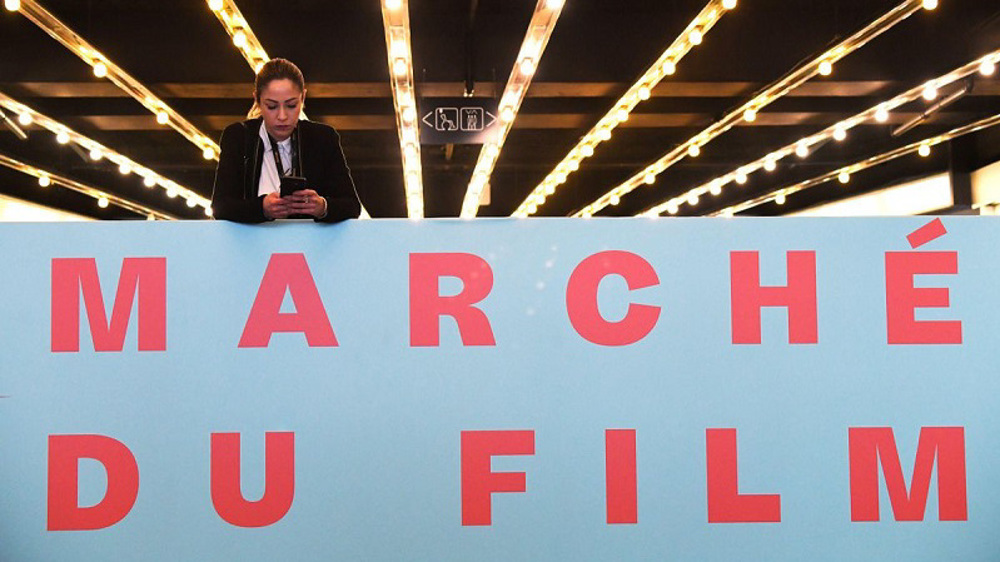


 This makes it easy to access the Press TV website
This makes it easy to access the Press TV website